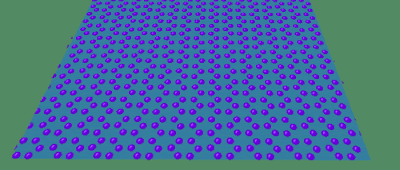

Memory chips have been increasing in size since they were first made. Each new development meant that larger chips could be manufactured.
But there’s a limit to the useful size of a standard silicon chip. In recent years, big chips just haven’t been able to keep up with demands as far as speed and a few other properties are concerned.
Electrical resistance:
The reason for these limitations is because of a significant resistance to the flow of electrical current in a large chip, putting a limit on the speed at which signals can be transmitted within a chip. But this physical restriction may well be lifted through the use of thin layers of carbon known as graphene.
Astonishing properties:
Towards the end of last century, nanotubes and buckyballs - tiny structures made out of arrays of carbon atoms - were well known to have astonishing properties of strength, flexibility and ability to conduct electrical current. The single layers of carbon atoms that make graphene have similar properties to these nanostructures.
Researchers at the University of California, Los Angeles (UCLA) have discovered a way to make best use of the amazing properties of this form of carbon. The recent breakthrough, using a chemical process, permits sheets of graphene to be made, far larger than ever before.
Graphene sheets so produced have a lower resistance, by several orders of magnitude, than similar sheets produced by other methods.
Memory chips of the future could well have huge storage capacity. It’s all to do with the property of carbon in thin layers to conduct an electrical current extremely easily. This permits individual parts of a chip to be made far more compact.
On-off power ratio:
Power consumption is a key feature of this future technology. The on-off power ratio of a graphene chip is huge – a million to one. Graphene has other useful advantages of being able to operate at extremes of temperature.
In the near future, mobile phones, cameras and laptops could have unbelievable memory capacity using the graphene chip.







No comments:
Post a Comment